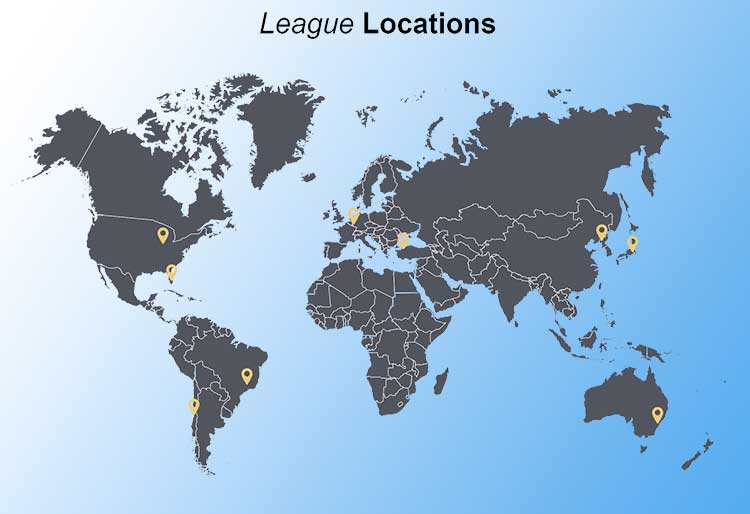As a globally popular online multiplayer game, League of Legends (LoL) utilizes a robust network of servers worldwide. This network ensures that players from various locations can enjoy smooth gameplay with minimal lag. This article outlines the specific locations of these servers.
The game includes fourteen primary servers: EUW, EUNE, NA, KR, CN, SEA, BR, LAN, LAS, OCE, RU, TR, JP, and PBE.
The European West server (EUW) is located in Amsterdam, Netherlands, serving a broad spectrum of countries including Spain, the UK, and Belgium. Its counterpart, the Europe Nordic and East server (EUNE), is based in Frankfurt, despite hosting many Northern and Eastern European countries like Sweden, Norway, Estonia, and Latvia.
North America’s server, situated in Chicago, Illinois, supports players from the entire region, including the United States and Canada. Meanwhile, the Korean server, renowned for its competitive solo queue players, exclusively serves South Korea and is one of the most populated servers globally.
Brazil has its dedicated server located in Sao Paulo, serving players within the country. The Latin American North and South servers, though catering to different countries, have their server locations in Miami, Florida, and Santiago, Chile, respectively.
The Oceanic server, based in Sydney, Australia, serves players from Australia and New Zealand. The Russian server, despite serving Russia, is located in Munich, Germany, thanks to the country’s robust networking infrastructure.
Turkey has its server in Istanbul, catering to the Turkish player base, while Japan’s server, a relatively late addition to the server list, is located in Tokyo.

The People’s Republic of China server, one of the most populated, is unique, with the server divided within the country itself. The Garena Southeast Asia (SEA) server, the other non-Riot hosted server, has multiple locations within Southeast Asian countries such as the Philippines, Taiwan, and Vietnam.
Lastly, the Public Beta Environment (PBE) is an important mention. It is not tied to a specific region, but it is a crucial part of the LoL ecosystem, serving as a test bed for new skins, champions, patches, and updates before they are released to the main game servers.
This widespread server network ensures that players worldwide can experience League of Legends at its best, with server locations selected to optimize ping times and gameplay quality. Riot Games continues to manage and expand this network in response to the game’s enduring popularity and growing player base.



